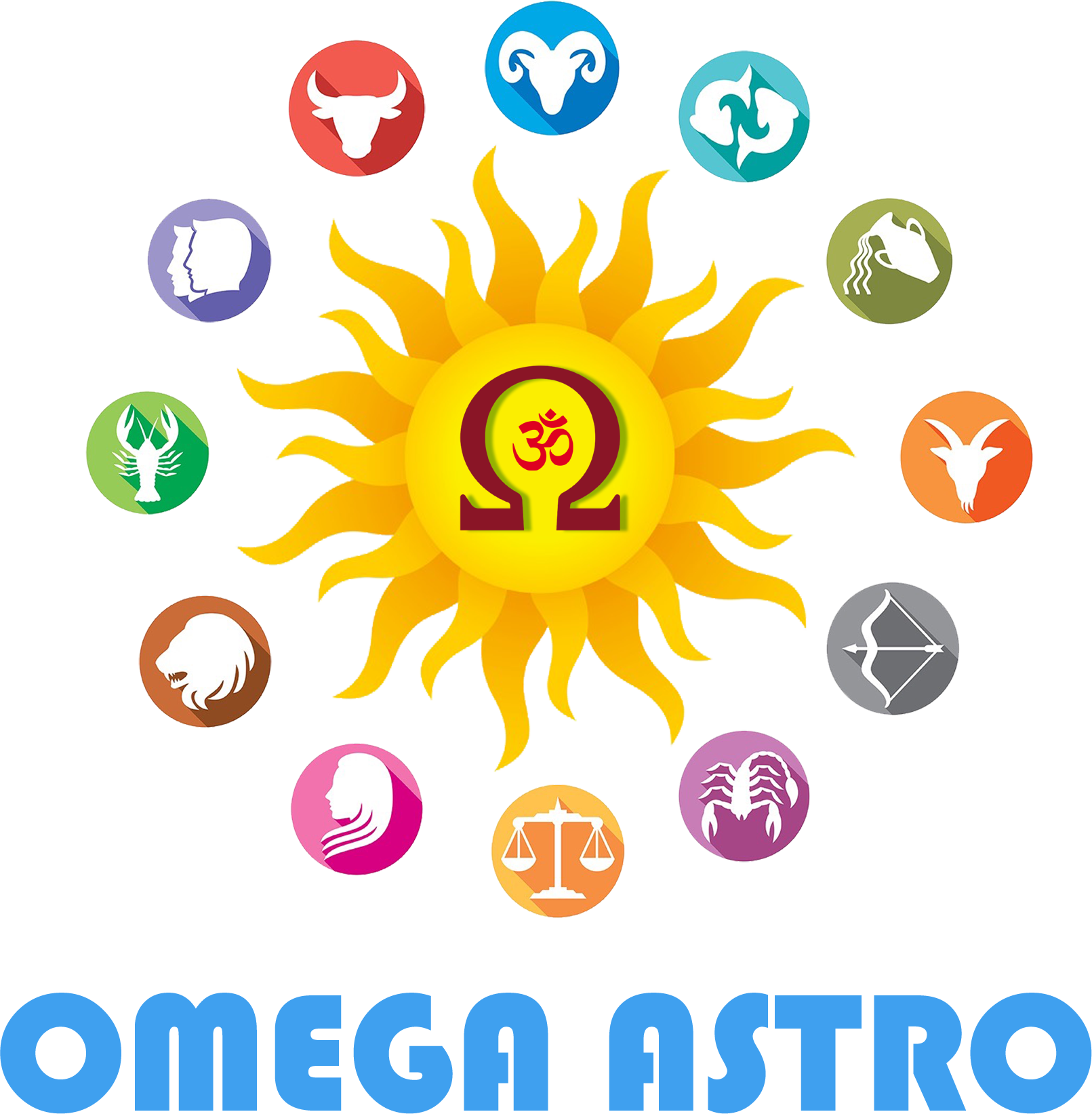Maha Navami Puja
Maha Navami happens on the ninth day of Navratri, and it’s a special day because it’s when Goddess Durga defeated the demon Mahishasura. People who love and worship the goddess celebrate this day by doing special rituals and ceremonies. This is the devotee’s role: to honor the victory of goodness over evil and ask for the goddess’s blessings.Navratri Puja Rituals
During Navratri, there are nine days of special rituals, and each day is about a different form of Goddess Durga. These rituals build up to the big Maha Navami Puja, making the spiritual excitement grow as we get closer to the last day of celebrations.Maha Navami Puja Vidhi: Step-by-Step Guide
-
Sankalp (Pious Resolution)
-
Kalash Sthapana (Installation of the Sacred Pot)
-
Ganesha Puja (Worship of Lord Ganesha)
-
Navagraha Puja (Worship of Nine Planets)
-
Aarti (Invocation through Ritualistic Hymns)
-
Durga Ashtami Havan (Sacred Fire Ritual)
-
Kanya Puja (Worship of Young Girls)
-
Distribution of Prasad (Sacred Offering)
-
Saraswati Puja (Worship of Goddess Saraswati)
-
Vijayadashami Puja (Concluding Puja)
Devotee’s Role in Maha Navami Puja
Devotees play a crucial role in the Maha Navami Puja, not just as participants but as active contributors to the divine energy. Here are some key aspects of the devotee’s role:-
Faith and Devotion
-
Observance of Fasts
-
Active Participation in Rituals
-
Offering Selfless Service
Offerings and Bhog in Maha Navami Puja
-
Floral Offerings
-
Fruits and Sweets
-
Coconut and Betel Leaves
-
Incense and Camphor
-
Special Bhog (Offerings)
Navratri and Astrology
Astrological Significance of Maha Navami
Maha Navami is special because it lines up with certain planetary arrangements that make the day even more spiritually powerful. In Vedic astrology, these cosmic energies are just right for connecting with the divine feminine.Planetary Influence during Navratri
During the nine nights of Navratri, each night is linked to one of the nine planets in astrology. This connection is thought to make the influence of that planet stronger and can affect people’s lives.Astrological Aspects of Maha Navami
During Maha Navami, certain astrological events make the spiritual energy even stronger. People who follow this tradition often talk to astrologers to find the best times to do their rituals, so they can make sure they’re in sync with the positive cosmic forces.Conclusion
Maha Navami Puja is a deeply spiritual experience that brings together ancient rituals, astrology, and the love of millions of worshippers. This step-by-step guide is like a complete manual for anyone who wants to do the Maha Navami Puja with respect and knowledge. When devotees take part in this sacred journey, they’re not only celebrating the divine feminine but also connecting with the timeless cosmic forces that have guided this tradition for centuries. We hope that the blessings of Goddess Durga light up the path for everyone who joins the Maha Navami Puja, bringing them spiritual growth, peace, and divine grace in their lives.Maha Navami Puja is primarily a Hindu tradition, but people from various cultural backgrounds may also participate in the celebrations to experience the cultural richness and spiritual significance.
Fasting during Navratri is believed to purify the mind and body, allowing devotees to focus on spiritual pursuits and connect with the divine energy.
Yes, there are regional variations in the way Maha Navami Puja is conducted. Different communities may have unique customs and rituals associated with the celebration.
While Maha Navami Puja is rooted in Hindu traditions, people of any faith or background are often welcome to observe and participate in the celebrations as a cultural experience.
Kanya Puja symbolizes the worship of the divine feminine in the form of young girls, highlighting the purity and innocence associated with the goddess.
Astrologers consider planetary positions and alignments to determine auspicious timings for Maha Navami Puja, maximizing the positive cosmic energies during the ritual.
Yes, Maha Navami Puja can be performed at home. Many families conduct the puja in a dedicated prayer room or a sacred space within their homes.
While there is no strict dress code, wearing traditional attire is common during Maha Navami Puja as a sign of respect and devotion.
Chanting mantras is an important part of Maha Navami Puja. People say mantras to ask for blessings from Goddess Durga and to make the place feel full of spiritual energy.
Yes, Maha Navami Puja can be performed by individuals without the presence of a priest. Devotees can follow the step-by-step guide and conduct the rituals with sincerity and devotion.







